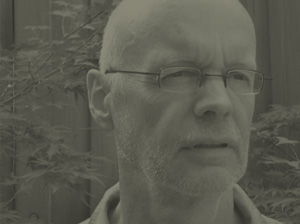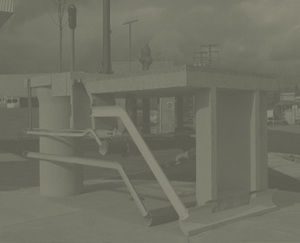



All Rights Reserved. contact: greg@gregsnider.ca
Mark-making is an instinctive (innate) gestural behaviour that has a reflexive and possesive satisfaction; drawing even at its crudest level is an intuitive (socialized) behaviour depending on recognizable and shared gestalt conventions of symbolic image-making' with corresponding representations on two-dimensional surfaces. Convincing spatial representation in depth' on the other hand' is more artificial' and presumes a fictive dimensional space within which form can be made to appear' based on social conventions and psychological and optical experiences. This developed convention of drawing depends on an acquired set of physical and perceptual skills' requiring considered hand-eye coordination for the maker who attends simultaneously to the physical appearance of what is represented' but also to conventions of perspectival representation engaged for the sake of the drawing itself. The drawer will make binocular adjustments
which may not correspond directly to the optical reality being represented: a drawing from a photograph is almost always recognizable as such' because of its flattened monocular field of view. In the late 19th century' Delacroix and Rodin drew directly onto photographs they took' making artificial adjustments (derived from academic training in drawing) to enhance the characteristics necessary to make a convincing image in representational space. A tone or contrast establishes a particular planar level in fictive space' and must be tuned accordingly to make the image appear believable; the problems of representational drawing are almost exclusively tonal.
Preamble: Drawing
gregsnider.ca Copyright © 2007 - Greg Snider.